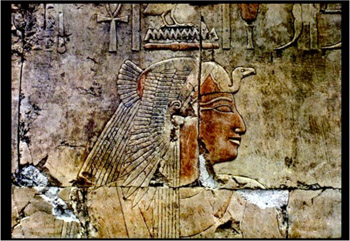
Queen Ahmose, mother of Hatshepsut, from Deir el-Bahri (note that Thutmosid profile!)
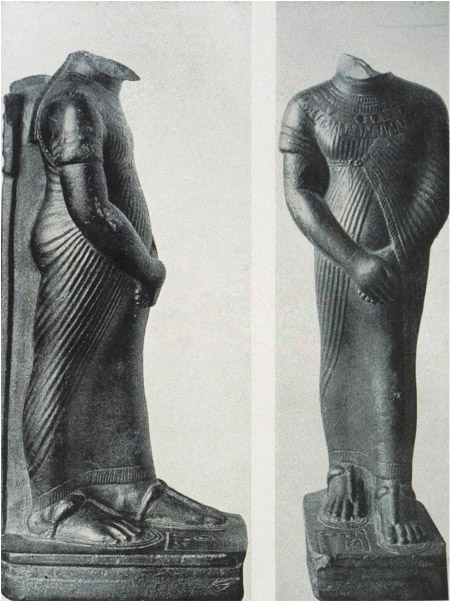
Amenhotep III looking plump from late in his reign
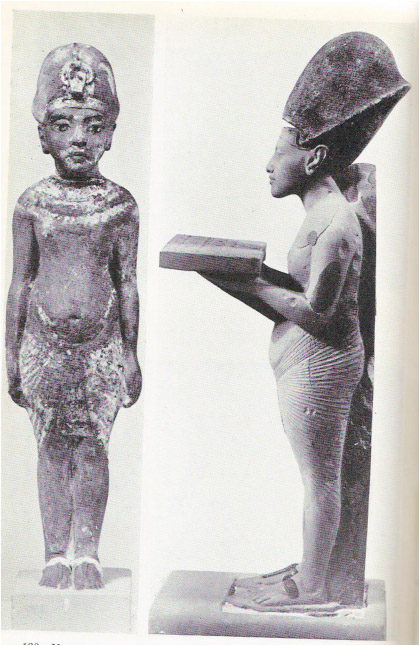
Akhenaten statuettes from private house shrines at Amarna
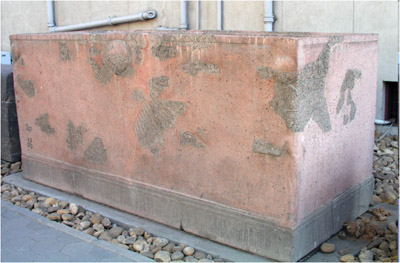
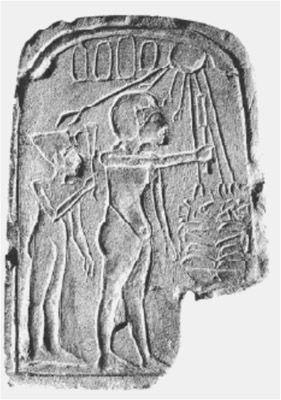
(left) sarcophagus of Akhenaten - it's hard to see but the Aten is front and center while Nefertiti stands at each corner embracing the sarc (right) a stela from late in the Amarna period showing Akhenaten and a queen (presumably Nefertiti) - the four cartouches may indicate that she is to be understood as a coregent
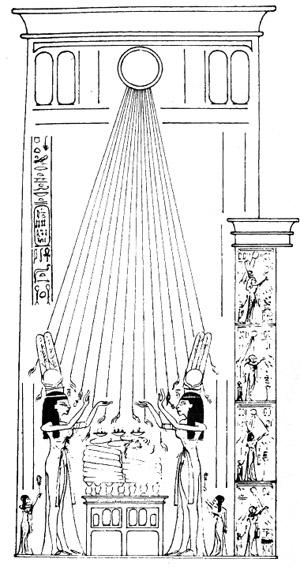
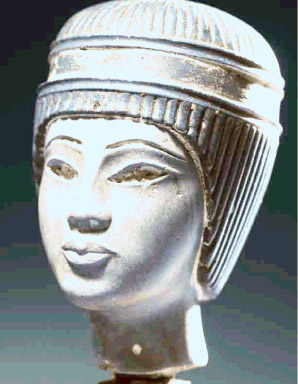
(left) a depiction of the (lost) Mansion of the Benben stone, one of Amenhotep IV's constructions at Karnak. Check out Nefertiti and the Hathoric headdress. (This image was shown and discussed well in two presentations - it would probably be wise to know it.) (right) The "Blue Head of Tutankhamun" Is it real? How can you tell? How do we detect fakes and what can they teach us?
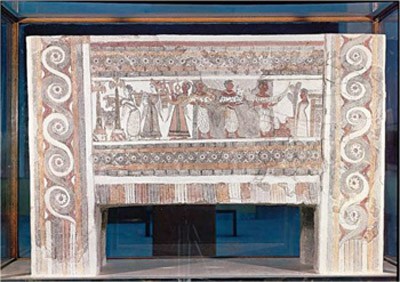
A sarcophagus from Crete using a mixed bag of iconographic elements including some that are clearly Aegean and some that have been said to be Egyptian.

The sky goddess Nut from the decorated burial chamber of Djehuty.
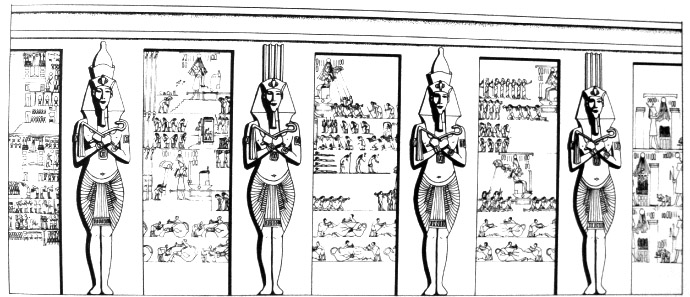
Reconstruction drawing of the facade of the Gempaaten at Karnak.
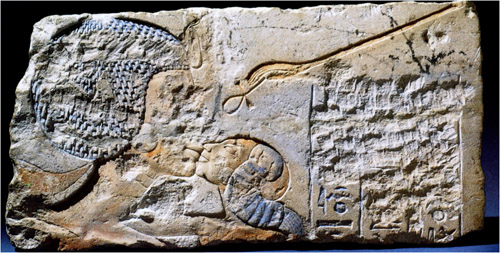
Kiya and her child from Amarna - that idyllic family life in Amarna art is a little more complicated than one might assume!
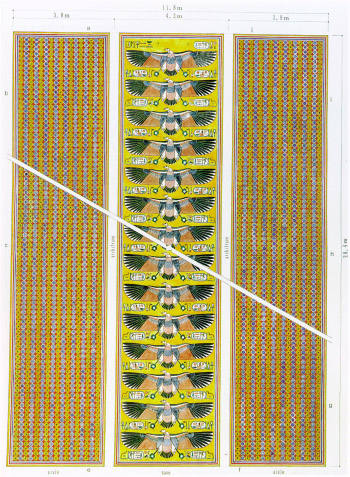
Painted ceilings from Malqata, the original party palace.
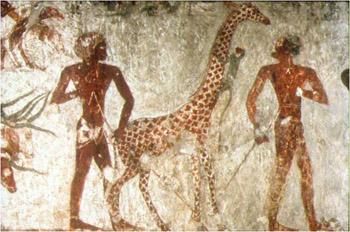
Tribute bearers from Nubia on the wall of the tomb of Rekhmire.
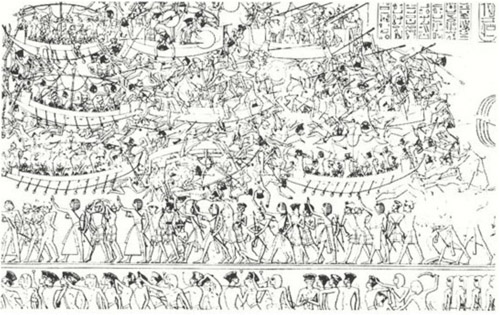
Drawing of a relief scene showing warfare with the Sea Peoples from Medinet Habu with a potentially important central axis showing off elements considered key by Ramesses III.

Drawing of scenes from the Turin Erotic Papyrus - goodbye tomb wall decorum!
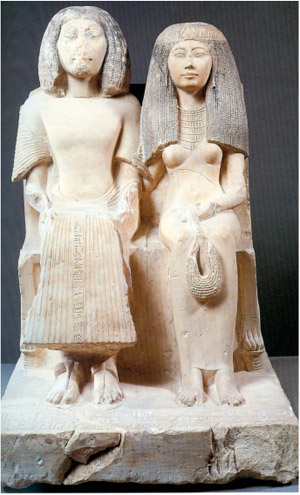
Yuni and Renenutet; a private pair statue from the reign of Seti I, found in the tomb of the couple.
